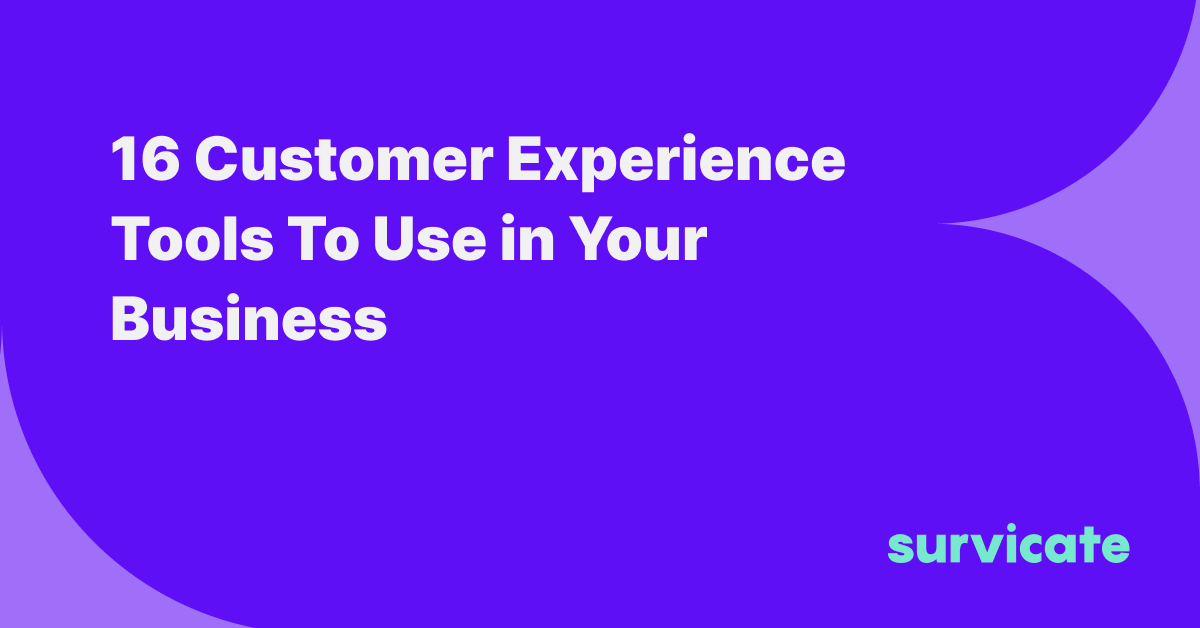In 2022, it’s safe to say that retail is never going to be the same again. No one expected the struggles it has to face over the last 2 years when the pandemic closed down shops around the world. Is it possible that these changes have made retail better? Did it slow down the direction in which all of retail is heading? People reevaluated their lives, laws changed overnight and retailers had no choice but to adjust.
Let’s see how to create a brand that lasts and improve your store’s retail customer experience.
What is the retail customer experience?
The retail customer experience is the way your customers feel while shopping in your store. This includes everything from the layout of the store and the way products are displayed (merchandising), to the attitude of the employees and the level of customer service. All of these factors come together to create an overall perception of your brand, which ultimately influences whether or not customers will continue to purchase from you.
By creating a positive customer experience, retailers can build loyalty, increase sales, and differentiate themselves from the competition.
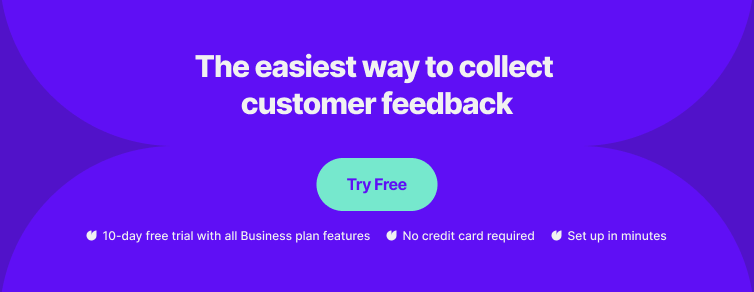
How to measure the retail customer experience
But how to know that there is space for improvement? There is always room for improvement and customer experience transformation. And you can identify it fairly quickly if you analyze all the stats, reports, and other numbers. However, how can you avoid getting stuck into dozens of Excel files? By taking a closer look at the key metrics that measure the retail customer experience.
Customer Satisfaction (CSAT)
Customer satisfaction measures how satisfied a customer is with their recent interaction. The higher the score, the better.
Use case in retail:
A customer who had a great experience shopping in your store is likely to give you a high CSAT score. For example, you can use this metric to track whether your store’s customer service is getting better or worse over time.
Customer Effort Score (CES)
A Customer Effort Score measures how much effort a customer has to put in to perform a certain action, e.g. find a certain product or resolve a complaint. The lower the score, the better.
Use case in retail:
A customer who had to wait in line for a long time to return an item would likely give the store a low CES score. The store could then work on reducing lines by opening more registers or training their employees to handle returns more quickly.
Net Promoter Score (NPS)
Net Promoter Score measures how likely a customer is to recommend your company to their friends and people they know. The higher the score, the better. Based on the total score you get, you classify customers into detractors, passives, and promoters. Naturally, you want as many promoters as possible compared to the other groups.
Use case in retail:
If you see a decrease in your NPS score and a rise in detractors, it could be an indication that your customers are not as satisfied with their shopping experience as they used to be. You can use this metric to find out what passives and detractors need to improve their experience.
Customer reviews and ratings
What are your customers saying about your store? You can gather this data by checking Google or Facebook reviews, for example. You can also send surveys to customers who have made a purchase in your store or signed up for your newsletter.
Use case in retail:
Customer reviews and ratings can be a helpful way to gauge the customer experience. If you see a decline in your ratings, it could be an indication that your store is not providing the best customer experience. You can use them to keep a finger on the pulse and react quickly to any negative feedback.
The retail customer experience after the pandemic
Over the last two years, businesses around the world have undergone more change than in the previous two decades combined. While being an incredible hardship, this also made entrepreneurs more adaptable. The pandemic showed retailers how quickly a world that appears "stable" can turn itself upside down. The only companies left standing after the pandemic are those that passed the test.
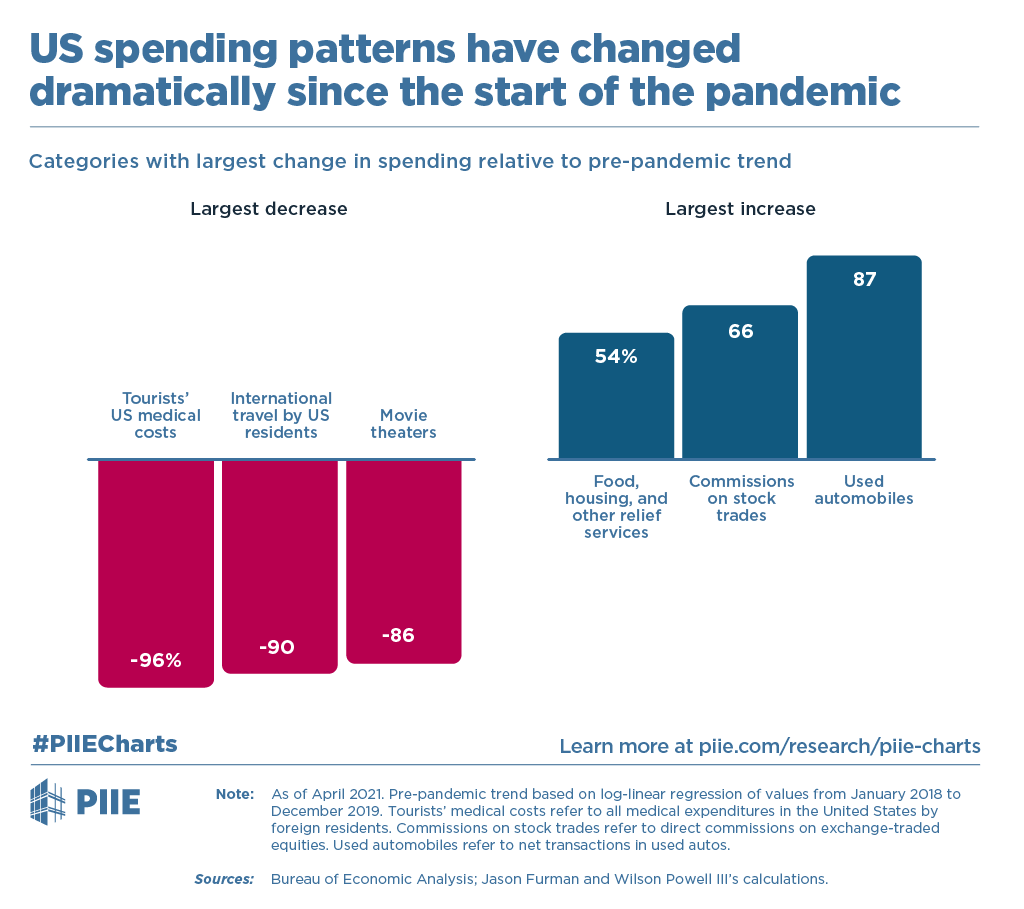
There were no favorable conditions, which changed the retail world forever.People modified their behaviors – from the way they buy to how they prefer to have their items delivered. More than ever, the support of local businesses and their sustainability has begun to count. Having a sense of belonging is vital to customers. According to the latest Shopify Future of Retail Industry report:
Consumers are hungry for in-person experiences. For the right brand, they are willing to spend more money and accept logistics difficulties.
And it doesn't end there:
81% of Gen Z consumers in the United States prefer to shop in-store to discover new products, and more than half say browsing in-store helps them disconnect from the digital world.
Surprise, surprise. Brick-and-mortar stores are beginning to gain in importance again. Many businesses have closed during the pandemic, making room for an avalanche of new ones. Physical stores are definitely having their moment right now.
Is your business ready to compete in the retail world of the future?
How to improve the retail customer experience: top 5 strategies for 2023
Keeping up to the pace of changes is essential if you want to stay in the retail game. Easier said than done, of course. Which strategies will make you a business chameleon?
Create an omnichannel customer experience that ties digital with in-store
There is no longer a clear line between in-store and digital retail. To stay competitive, your brand must create an omnichannel customer experience.
It doesn't matter if the customer journey takes place online or offline, it can start and end in any channel. That's why you need to seamlessly integrate those two channels – and create a consistent customer experience even in B2B. The result is that companies invest more and more in tools designed to assist them in overcoming this challenge.
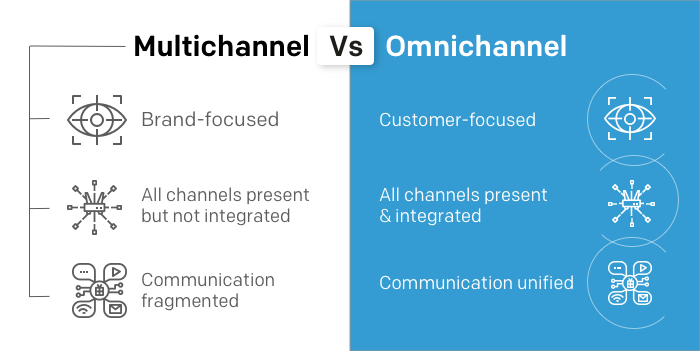
From CRMs to in-store technologies. These are the systems that can provide you with a 360-degree view of your customers, including their purchase history and preferences. In other words, they are designed to help you run your business more efficiently and effectively. But, to create a truly seamless and optimized customer experience, you need more than that. You need to have a deeper understanding of your customer’s needs and preferences.
Only then can you provide them with what they want, when they want it, and how they want it.
Close the feedback loop with all customers (but put a focus on detractors)
It’s not enough to gather and leave the feedback as it is. You have to react to every one of them, resolve their issues fully and get back to them stating that you resolved the. This is called closing the customer feedback loop. You need to show customers that you care about their business – whatever stage of their customer journey and customer experience lifecycle are in.
Leaving a few good words about your business is not mandatory for any customer, so make sure to thank them if they give you some praise. Positive feedback is always pleasant, but should not be your main focus as a business. Instead, you should take a look at the customers that are more difficult to please.
That’s why you should pay attention to the detractors the most.
If you’ve run an NPS survey, you’ll inevitably have some detractors - these are people who gave you a score of 0 to 6 on a scale of how likely they are to recommend you to others. Focus on them, solve their problems, and show them that you're worth the chance by staying a little longer.
Because these customers are also the most honest with their feedback, it's a great resource for what you need to improve to meet their expectations. As a result, you’ll improve the customer experience for everyone else too. The key here is to create strong relationships with all your customers and provide an experience that is unique among competitors.
If you want to know how to handle negative feedback check out this article: ➡️ Negative Online Reviews: Not as Bad as You Think (Why?)
Encourage in-store shoppers to share their experiences online
In-store shoppers are still your main source of income? But, that doesn't mean that their purchase ends then and there. To get the most out of their feedback, you need to encourage your in-person customers to share their experiences online. What for? By sharing their purchase on social media, your customers are effectively doing marketing for you. And, if they're happy with their purchase, they're likely to give you a good review on their platform of choice.
Plus, when potential customers see that your current customers are happy with your products, they're more likely to visit your store and make a purchase themselves - this is called social proof and it’s proven that it works.
But, how can you encourage your customers to leave a review? The best way to do that is to offer them an incentive. For example, give them a discount for sharing their purchase on social media. It needs to be something significant enough that they'll actually want to do it. At the same time, it needs to be something that’s relevant to their interests. Think about what would appeal to your target audience and go from there. For example, if you sell sneakers, giving away a frying pan for a good review makes very little sense.
Optimize your website with real-time product data (availability)
And we’re back to omnichannel customer experience again. Your customers should know what’s in stock before they even step foot in the store. They should be able to check availability in real-time, regardless of whether they’re at home on their laptop or standing in front of the product in the store, using their phone.
If your website isn’t optimized for real-time shopping experience, you’re losing out on sales. Customers will get frustrated. Create a well-oiled system where in-store customers can order online and pick up in-store (or vice versa) to make the shopping experience even more convenient for them. Give your customers an easy way to find your store information online. Include your address, phone number, and hours of operation on your website, as well as on your Google My Business profile. Moreover, make sure to update them regularly.
Put an increased focus on personalization
Even though the biggest market players such as Apple no longer support third-party cookies, it’s not impossible to collect customer data. In fact, it’s a great idea, since customers continue to demand a personalized shopping experience. They expect an individual approach, relevant recommendations, and a seamless journey from start to finish – no matter what device they’re using.
But the key here is to find a balance. In personalization, there is a thin line between what customers appreciate and what they feel is too much. In other words, they don't want to feel stalked by your brand. Customers will feel more comfortable sharing their personal information if your brand aligns with their identity.
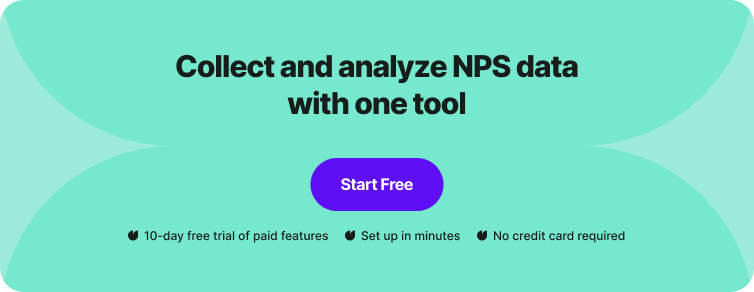
Improve your retail customer experience today
Definitely the word of the year in recent years for retail. However, seeing it won't give you shivers anymore. You are ready and steady to give your customers a flexible experience, ready to take on any challenge. Put these strategies into action and watch your business bloom. Making informed decisions to improve your retail business is not a problem any longer. Survicate makes it easy to create surveys that give you insights into what your customers want and need. Simply sign up for Survicate's 10-day free trial and get access to all Business plan features today.

.webp)






.svg)
.svg)
.svg)

.svg)


.svg)







.svg)




.svg)

















.svg)






























.svg)

.svg)
.svg)

.svg)



.svg)





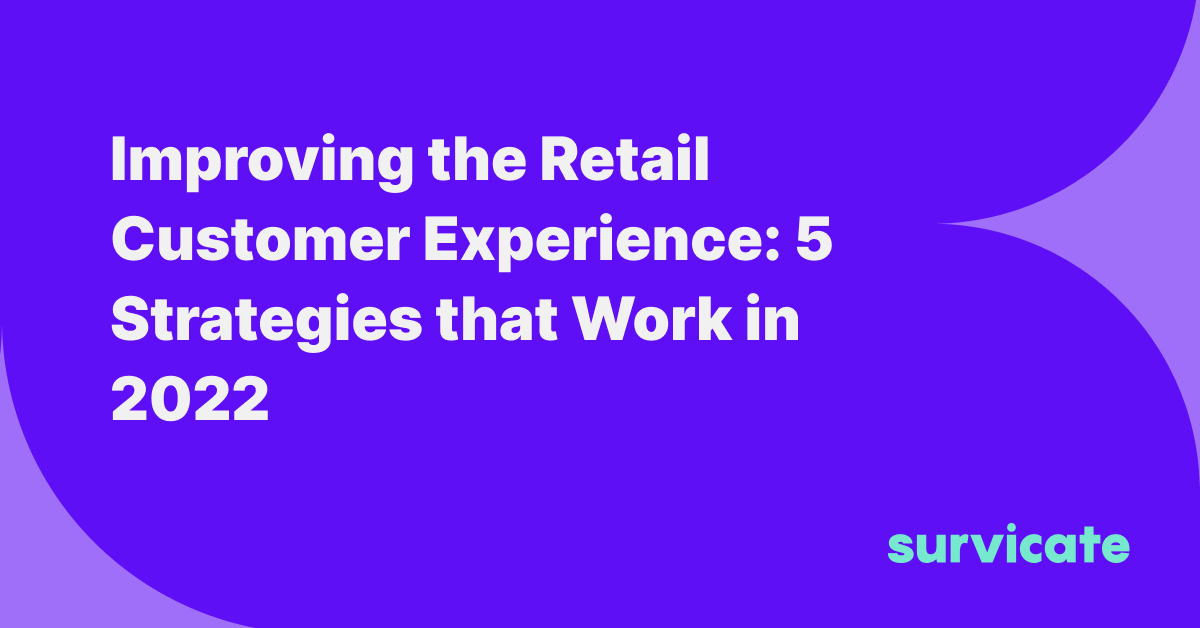

.svg)

.svg)
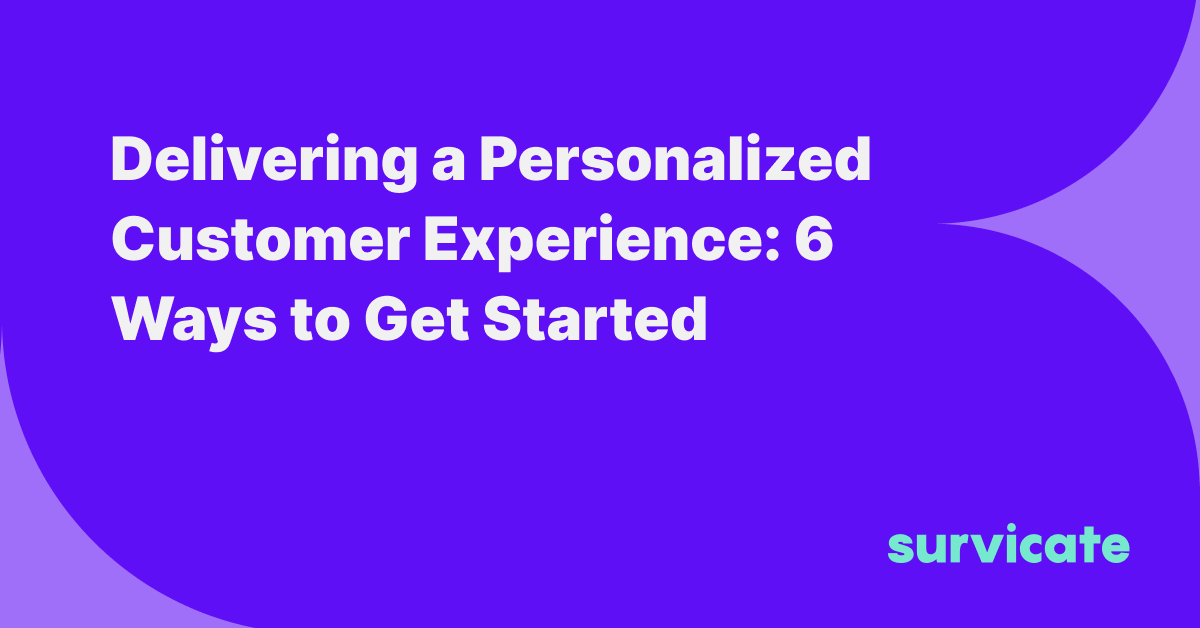
.png)
.jpg)

